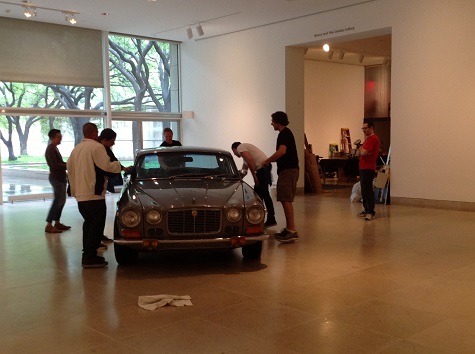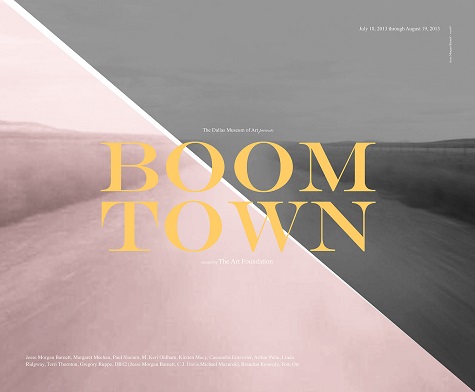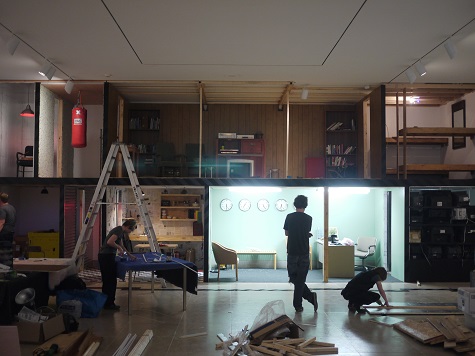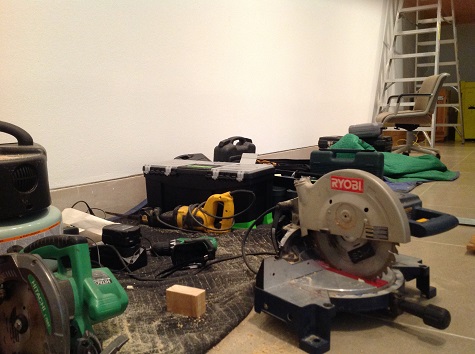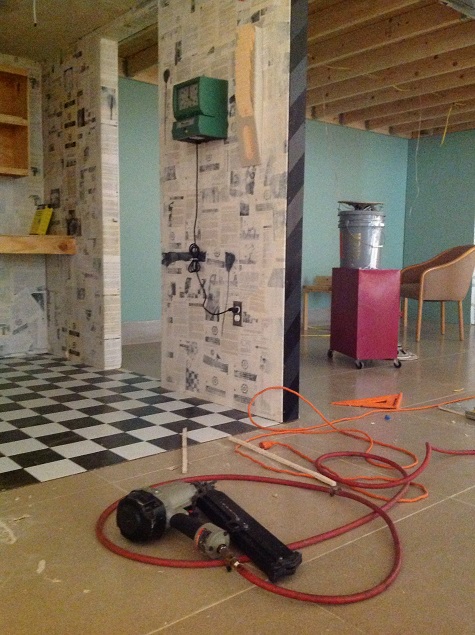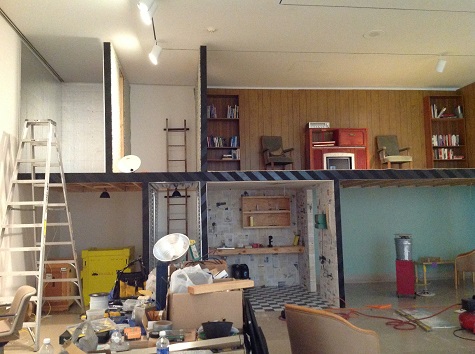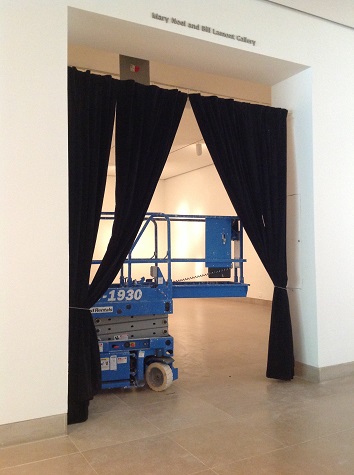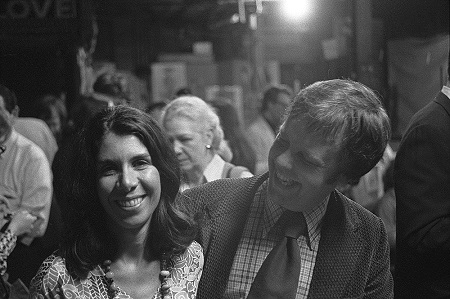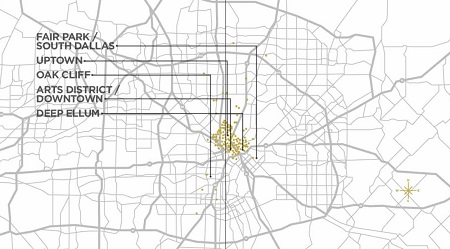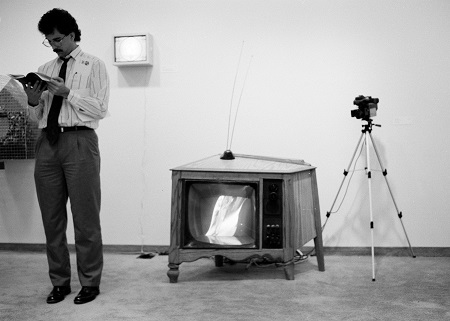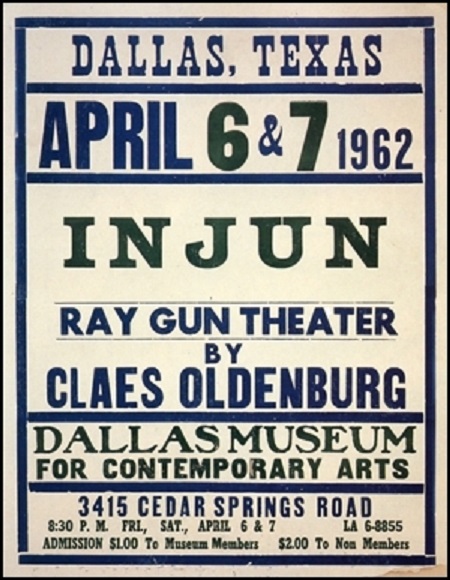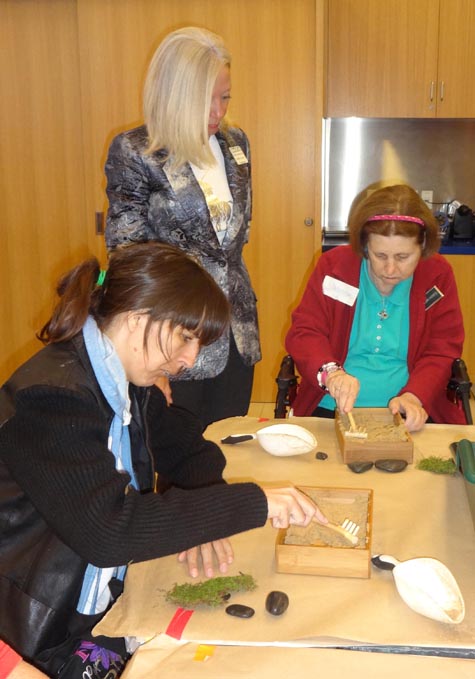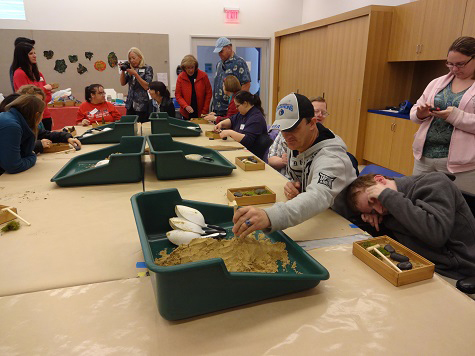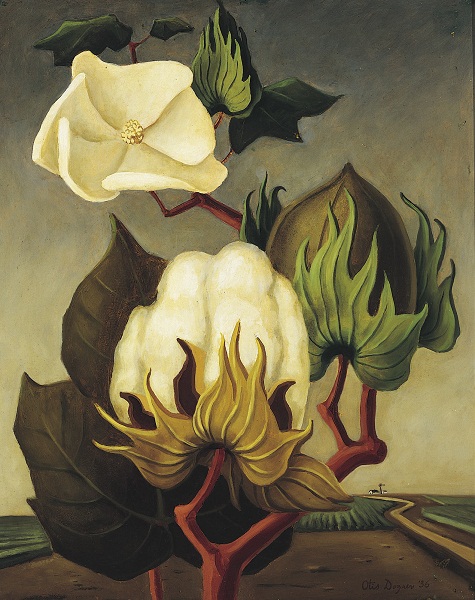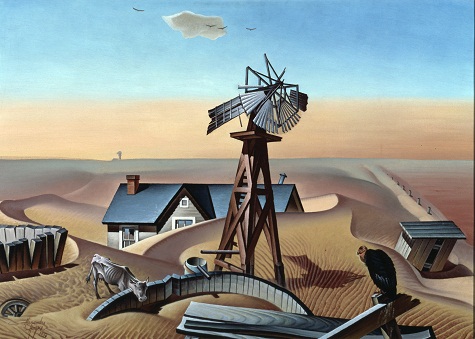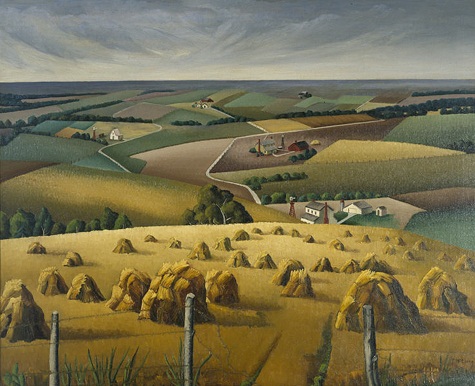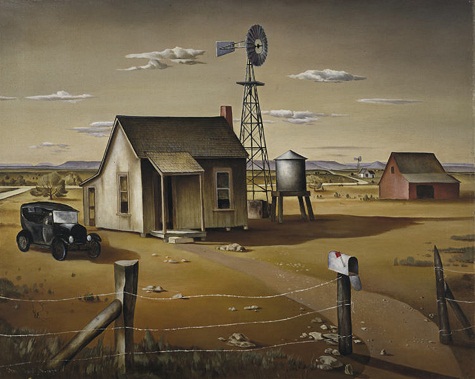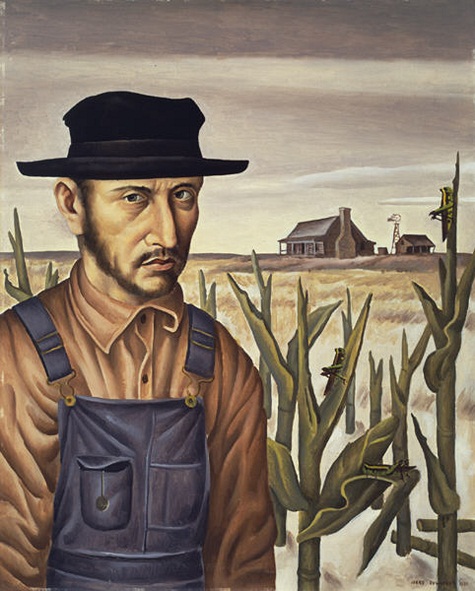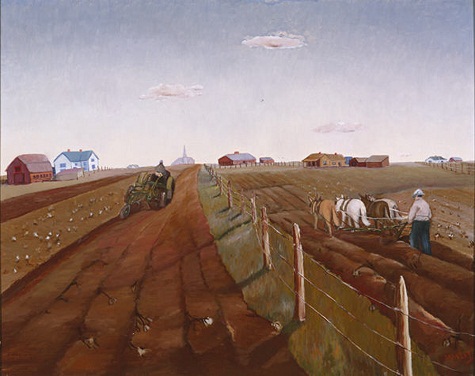The tragedy surrounding President John F. Kennedy’s 1963 trip to Texas inspired many songwriters to remember and honor JFK through song. Listening Hard: Remembering JFK on Record is an audio-video installation produced by Alan Govenar featuring songs of a variety of genres produced in the months after Kennedy’s assassination. Swing by the C3 Theater during the run of Hotel Texas: An Art Exhibition for the President and Mrs. John F. Kennedy to experience these songs.*
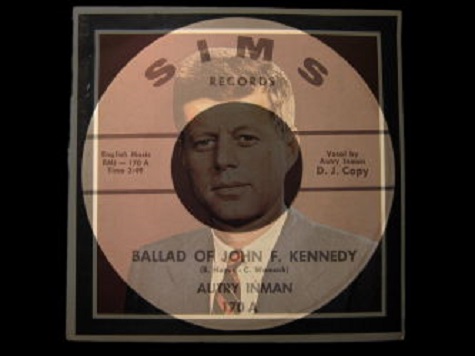
Listening Hard: Remembering JFK on Record, Alan Govenar, © Alan Govenar
Uncrated chatted with Alan, founder and president of Documentary Arts and the installation’s producer, to pick his brain about his creative process and vision for this work. Join us at the DMA during our July Late Night on Friday, July 19, at 7:00 p.m. to hear Alan discuss his installation.
When did you begin researching JFK memorial songs?
It was 1975, so nearly forty years ago. I had heard about the Mexican-American corridos and started gathering the records when I could find them. I had written a lot about blues and jazz, and this was part of it.
What was the impetus for this project?
The piece was originally commissioned by the International Center of Photography. Brian Wallis, Chief Curator at the ICP, has organized a show of photographs, JFK November 22, 1963: A Bystander’s View of History, that look at the assassination from the viewpoint of bystanders.
All of the singers are in a way personalizing their relationship with President Kennedy, either as friend or savior, champion of the downtrodden, the advocate for the forgotten or the disenfranchised. The songs juxtapose that sense of feeling a personal relationship with the president and the great sense of loss, the tragedy of his killing.
You’ve referred to this installation as an “experience.” How do you envision DMA visitors experiencing this installation?
All of the songs are topical. All were released on record. Most were written within days of the assassination. The installation is an audio loop, and the anchor, or punctuation point, is an eyewitness account released on an LP within days of the assassination. A man just saw the assassination, and someone put a microphone in his face and asked him what he saw. He was panicked, on the verge of crying. He had his five year old standing next to him. He was ready to pounce on top of him to protect him because he thought there was a maniac on the loose. That sets a certain stage for the rest of the piece, which is startling and haunting. But, there’s an aspect of the songs that has you smiling. It throws you back in time and place. Much of what the piece is about is perception and memory.
What was your creative process behind the image of JFK that continuously dissolves into images of record labels?
It has a meditative kind of effect, seeing that image reappearing. In some senses, I intended it to be reassuring, comforting, but also, it’s a memorial. It’s like looking at a tombstone. Those slow dissolves into the record labels that go in and out of JFK’s face are haunting, I think because of the idea that he was shot. It’s a complex, emotive kind of experience.
What was the most surprising thing you discovered?
The most surprising part of my research was the sheer vastness of songs written about John F. Kennedy in so many musical genres. People felt compelled to write them. People felt like their feelings needed to be expressed. A song in the installation called The Tragedy of Kennedy, by the Southern Belle singers recorded in December 1963, ends with:
Let me tell you people what we better do,
Keep our minds on Jesus for he’s a President, too.
It identifies Kennedy in that role, as a great savior who was martyred.
Why do you think Kennedy was memorialized through such diverse musical genres?
Corridos extol the virtues of the president who excited our passion to bring equality to all. The blues singers could identify with the sadness everyone was feeling. Country songs are often about mortality. It fit neatly into traditional music forms, where the way people were feeling could be expressed.
-
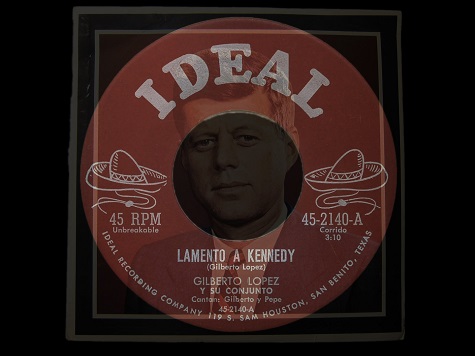
-
Listening Hard: Remembering JFK on Record, Alan Govenar, © Alan Govenar
-
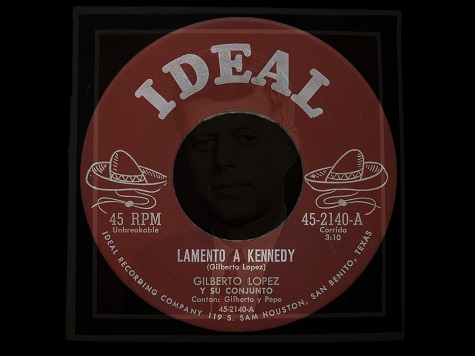
-
Listening Hard: Remembering JFK on Record, Alan Govenar, © Alan Govenar
-
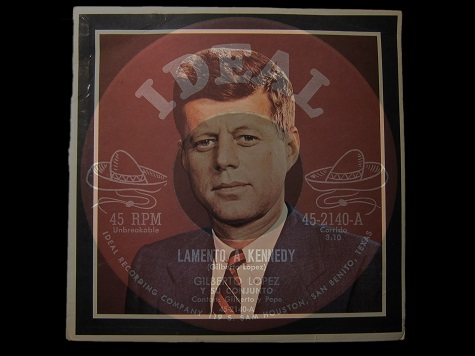
-
Listening Hard: Remembering JFK on Record, Alan Govenar, © Alan Govenar
-
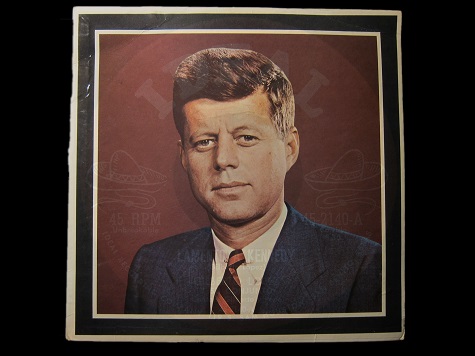
-
Listening Hard: Remembering JFK on Record, Alan Govenar, © Alan Govenar
* “Listening Hard” runs in the C3 Theater at designated times during Museum hours and is included in free general admission.
Andrea Vargas Severin is the Interpretation Specialist at the DMA.










